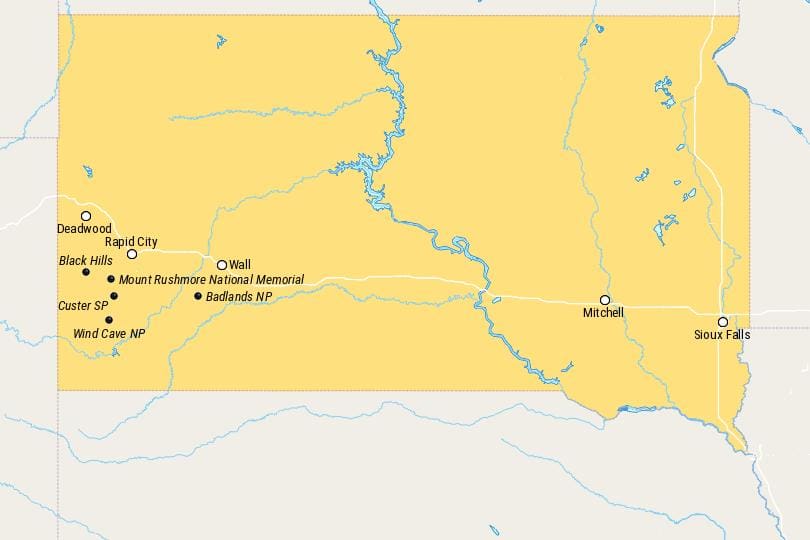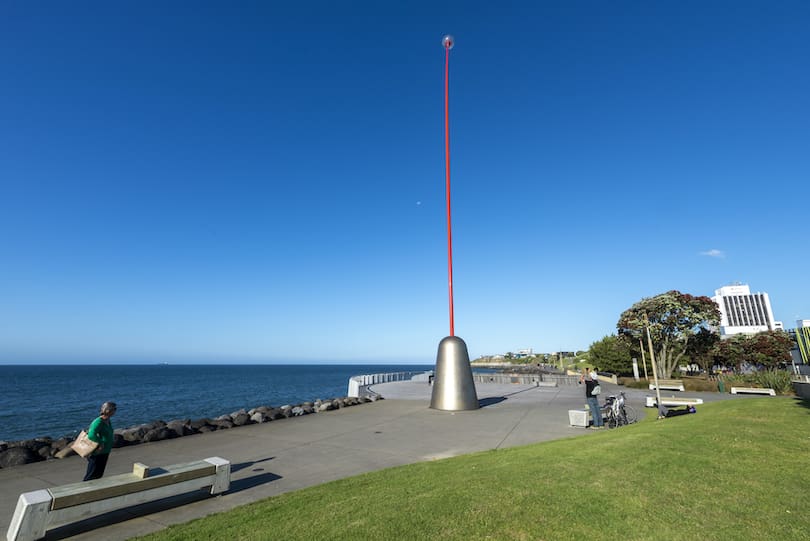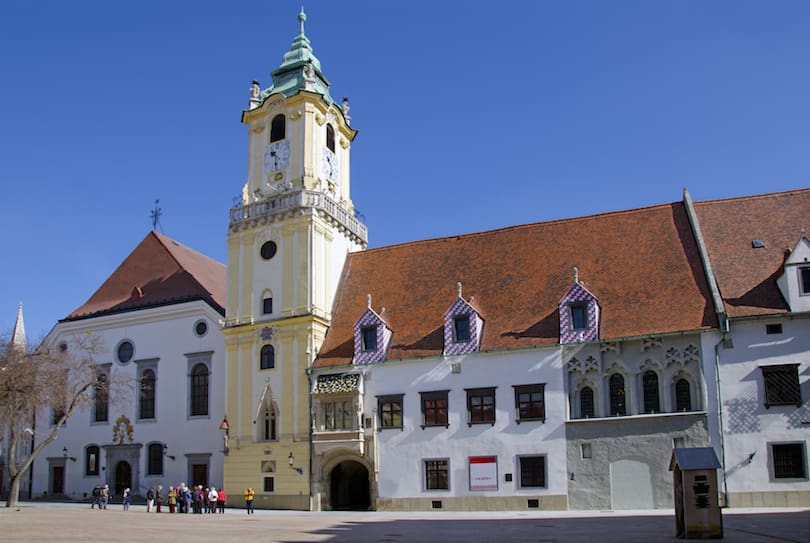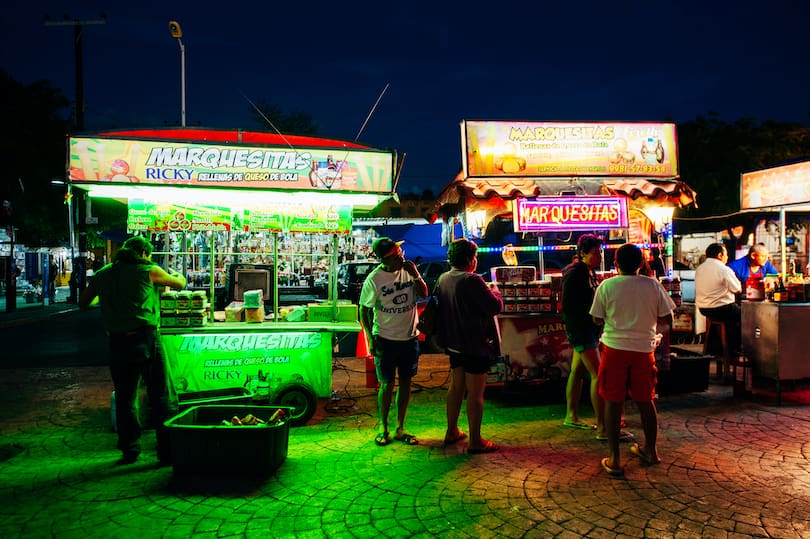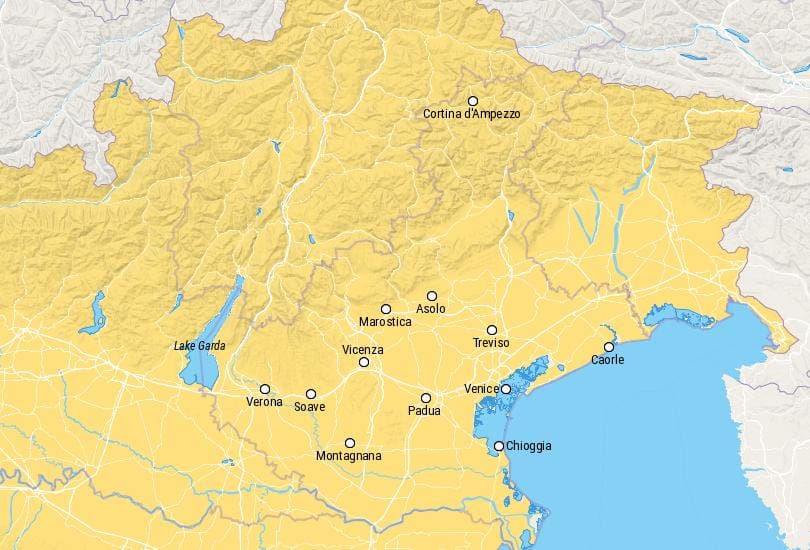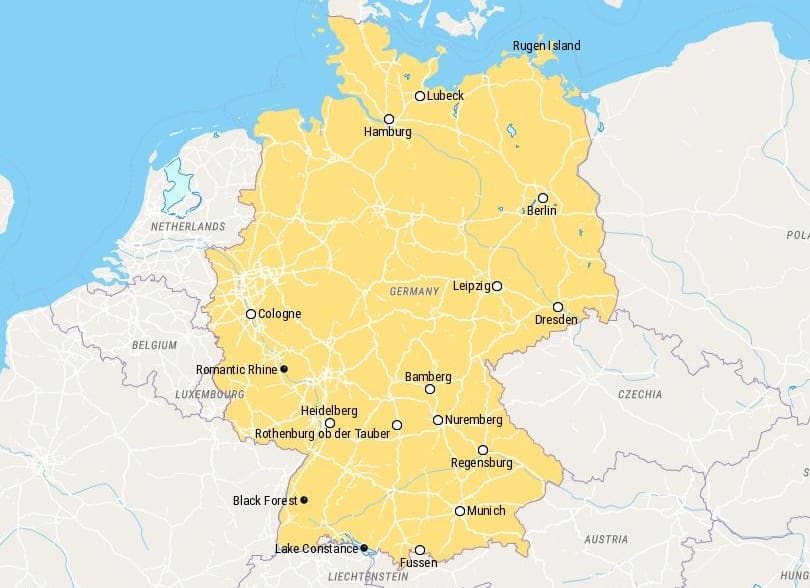Sonai Rupai Wildlife Sanctuary is a protected area located in the Tezpur and Biswanath districts of Assam, India. The sanctuary was established in 1998 and covers an area of 175 square kilometers. It is home to a diverse range of flora and fauna, including several endangered species.
In this guide, we will provide you with a complete overview of the Sonai Rupai Wildlife Sanctuary, including its location, history, wildlife, and tourist attractions. We will also cover important information for visitors, such as how to reach the sanctuary, tips for visitors, and frequently asked questions.
Contents
- Overview
- Location
- History
- Wildlife
- Tourist Attractions
- How to Reach Sonai Rupai Wildlife Sanctuary
- Tips for Visitors
- FAQs
- Conclusion
1. Overview
Sonai Rupai Wildlife Sanctuary is a protected area located in the Tezpur and Biswanath districts of Assam, India. The sanctuary was established in 1998 with the aim of protecting the wildlife and forests of the area. The sanctuary covers an area of 175 square kilometers and is part of the larger Sonitpur Elephant Reserve.
The sanctuary is home to a diverse range of flora and fauna, including several endangered species. It is an important habitat for the Indian elephant, Indian bison, and Royal Bengal tiger. The sanctuary is also home to a large number of bird species, including several species of hornbills.
2. Location
Sonai Rupai Wildlife Sanctuary is located in the Tezpur and Biswanath districts of Assam, India. It is situated on the northern bank of the Brahmaputra River and is bordered by the Arunachal Pradesh hills to the north. The sanctuary is located approximately 50 kilometers from Tezpur and 190 kilometers from Guwahati.
3. History
The Sonai Rupai Wildlife Sanctuary was established in 1998 with the aim of protecting the wildlife and forests of the area. The sanctuary was created by combining two existing forest reserves, the Sonai Reserve Forest and the Rupai Reserve Forest. The sanctuary was initially established to protect the Indian elephant, which is a threatened species in the area.
4. Wildlife
Sonai Rupai Wildlife Sanctuary is home to a diverse range of flora and fauna. The sanctuary is an important habitat for the Indian elephant, Indian bison, and Royal Bengal tiger. Other mammals found in the sanctuary include the wild boar, sambar deer, and Asiatic wild dog.
The sanctuary is also home to a large number of bird species, including several species of hornbills. Some of the other bird species found in the sanctuary include the Bengal florican, white-winged wood duck, and black-necked stork.
5. Tourist Attractions
Sonai Rupai Wildlife Sanctuary is a popular destination for wildlife enthusiasts and nature lovers. Visitors can enjoy wildlife safaris and birdwatching tours in the sanctuary. The sanctuary is also home to several trekking trails, which offer visitors the opportunity to explore the forest and spot wildlife.
One of the popular tourist attractions in the sanctuary is the Dehing Patkai Wildlife Sanctuary. The Dehing Patkai Wildlife Sanctuary is located nearby and is home to a large number of bird species, including several species of hornbills.
6. How to Reach Sonai Rupai Wildlife Sanctuary
Sonai Rupai Wildlife Sanctuary is easily accessible by road and air. The nearest airport is in Tezpur, which is around 60 km away. From there, you can hire a taxi or take a bus to reach the sanctuary. The nearest railway station is in Rangapara, which is around 50 km away. You can hire a taxi or take a bus from there as well.
By road, Sonai Rupai Wildlife Sanctuary is well-connected to nearby cities and towns. You can take a bus or hire a taxi from Guwahati, Tezpur, and other nearby cities.
- Tips for Visitors
- It is advisable to wear comfortable and lightweight clothing while visiting the sanctuary.
- Carry sufficient water and snacks for the trip.
- It is recommended to carry binoculars, a camera, and a field guide to make the most of your visit.
- Follow the instructions of the forest officials and do not disturb the animals or their habitats.
- Do not litter in the sanctuary and help in maintaining the cleanliness of the area.
- FAQs
Q: What is the best time to visit Sonai Rupai Wildlife Sanctuary? A: The best time to visit Sonai Rupai Wildlife Sanctuary is from November to April.
Q: Is it possible to stay inside the sanctuary? A: Yes, there are forest rest houses inside the sanctuary where visitors can stay.
Q: Are there any trekking routes inside the sanctuary? A: Yes, there are several trekking routes inside the sanctuary, and visitors can enjoy trekking while exploring the sanctuary.
Q: Is it safe to visit Sonai Rupai Wildlife Sanctuary? A: Yes, it is safe to visit Sonai Rupai Wildlife Sanctuary. However, it is important to follow the instructions of the forest officials and take necessary precautions.
Q: What are the major attractions of Sonai Rupai Wildlife Sanctuary? A: Some of the major attractions of Sonai Rupai Wildlife Sanctuary are the various species of flora and fauna, trekking routes, bird watching, and the beautiful landscapes.
- Conclusion
Sonai Rupai Wildlife Sanctuary is a must-visit destination for nature and wildlife enthusiasts. With its rich biodiversity and scenic beauty, it provides a unique experience for visitors. The sanctuary’s easy accessibility and various facilities make it a popular destination for tourists. It is important to maintain the cleanliness of the sanctuary and respect the natural habitat of the animals while visiting. With proper planning and precautions, a visit to Sonai Rupai Wildlife Sanctuary can be a memorable experience for everyone.



